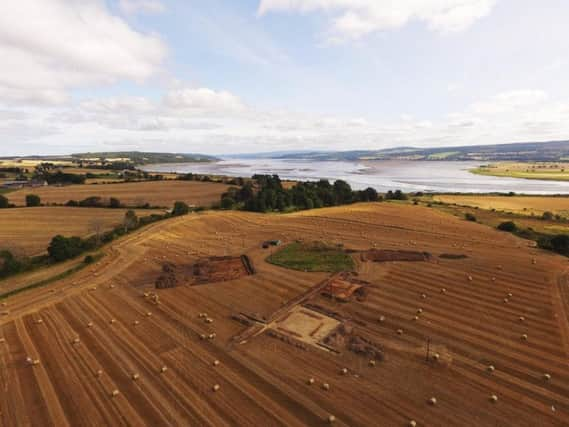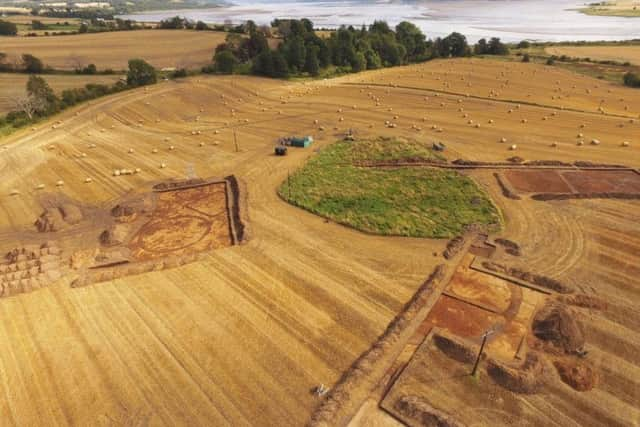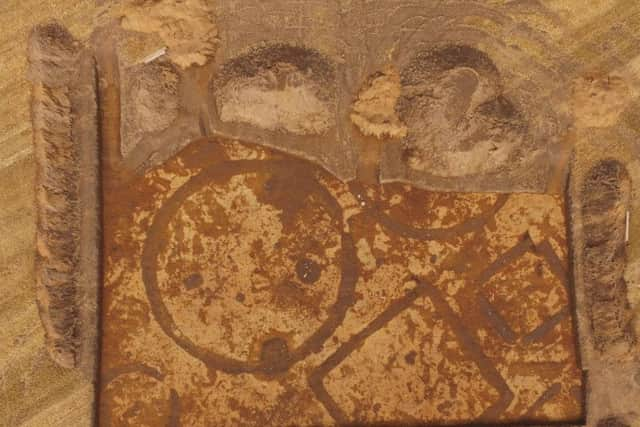Large '1,400-year-old Pictish cemetery' uncovered in the Highlands


Excavation at the sight has confirm a number of barrows, or burial mounds and enclosures at the site near Muir of Ord in the Black Isle.
If confirmed to date from the Pictish era, the barrows may be in the region of 1,400-years-old.
Advertisement
Hide AdAdvertisement
Hide AdOther features on the site could potentially date much further back into the prehistoric period.


The finds have been made by the Tarradale Through Time team, a project of the North of Scotland Archaeological Society (Nosas).
Site director Steven Birch said “We are looking at a large potentially Pictish barrow cemetery, where there also appears to be some earlier prehistoric activity.
"It is a very important site, probably the second largest Pictish cemetery in Scotland, with a number of square and round barrows, as well as larger enclosures.


"We intend to evaluate the preservation and phasing of these features, obtaining radiocarbon dates from charcoal and bone samples to tell the story of site over time."
The excavation came after earlier aerial photography and geophysical survey suggested a range of surviving features below the plough soil.
READ MORE: The abandoned Scottish island where Picts went to heal
The site has the potential to illuminate further the life of the Picts on the Black Isle.
Advertisement
Hide AdAdvertisement
Hide AdA monastic settlement was created at Rosemarkie - around 15 miles east from the Muir of Ord site - in the 7th Century with a number of remarkable Pictish carvings found at the site.
Meanwhile, 'Rosemarkie man' was discovered in a cave north of the monastic site in 2016.
The Pictish period skeletal remains, dated from 430 – 630 AD, with analysis concluding that the well-built young man had suffered severe cranial and facial injuries.
The excavation at Muir of Ord comes shortly after NOSAS members discovered a new Pictish stone in the Dingwall area.
A spokesman for the organisation said: "It is hoped that the new stone discovery and the current dig at a significant Pictish site will considerably add to archaeologists’ understanding of the Picts in the North of Scotland."